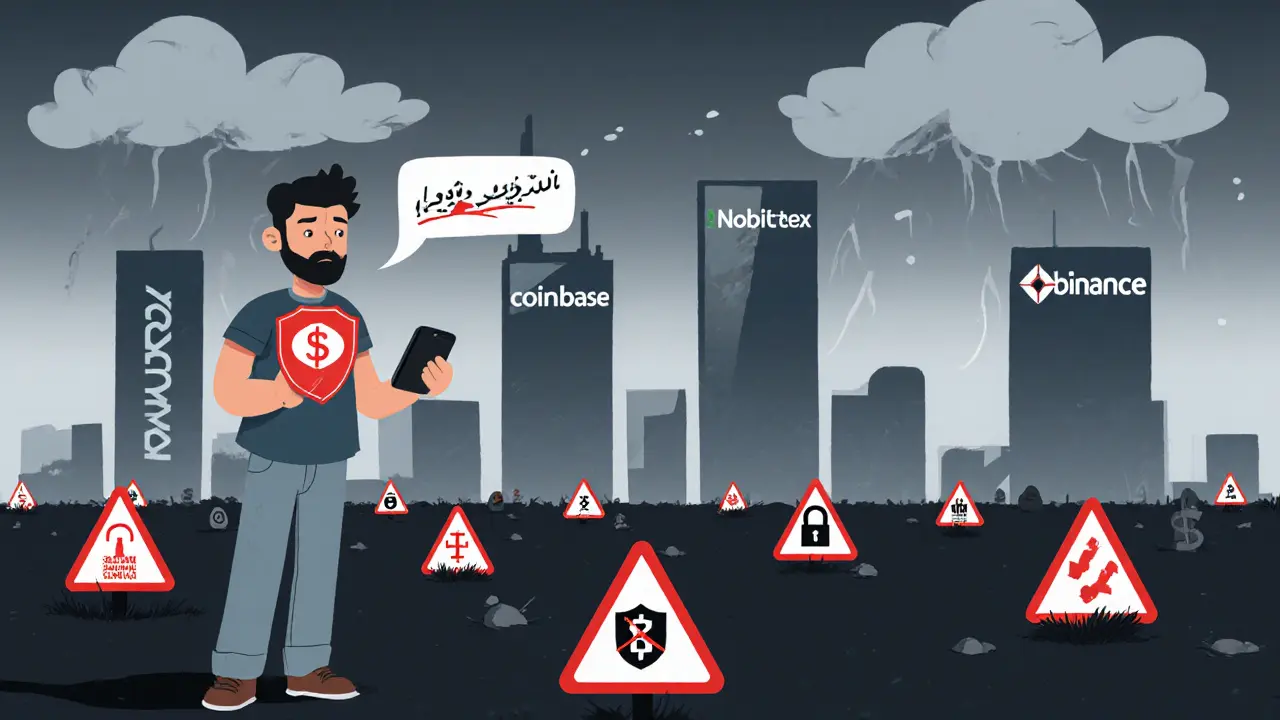Stablecoin Restrictions Explained
When dealing with stablecoin restrictions, the set of rules that limit how stablecoins can be issued, traded, or used in a jurisdiction. Also known as stablecoin regulations, these restrictions often involve stablecoins, cryptocurrencies pegged to a fiat or asset to keep price stable and the broader regulatory frameworks, legal structures that define compliance, licensing, and reporting for digital assets. Central banks, through central bank digital currencies (CBDCs), also shape the landscape by offering sovereign alternatives to private stablecoins.
Why These Rules Matter Today
Stablecoin restrictions encompass compliance requirements such as KYC/AML checks, capital reserve mandates, and consumer protection safeguards. When a regulator tightens these rules, crypto exchanges like JPEX or AUX must adjust onboarding flows, or risk losing operating licenses. In places like Kuwait, a full crypto ban demonstrates how a single policy can halt all stablecoin activity, forcing users to shift to offshore platforms or CBDCs. Tax authorities in Russia or India add another layer, demanding reporting on stablecoin holdings and imposing specific tax rates. The interplay between regulatory frameworks and crypto bans creates a shifting risk map for investors, while CBDC pilots in several countries reduce demand for private stablecoins by offering similar price stability with government backing.
Below you’ll find a curated set of guides, reviews, and analysis that break down these topics. From a deep dive into Kuwait’s crypto prohibition to step‑by‑step tutorials on navigating non‑KYC exchanges, each article shows how stablecoin restrictions affect real‑world decisions. Whether you’re checking the legality of a new airdrop or comparing exchange fees under the latest regulations, the collection equips you with practical insights to stay ahead of the curve.
Crypto Exchanges Iranian Users Should Avoid in 2025
A 2025 guide showing which crypto exchanges Iranian users should avoid, why sanctions, hacks, and stablecoin caps make them risky, and how to stay safe.





